Why all Canadian runners should own a pair of ice spikes
Prevent slipping up this winter and get a grip on your mileage
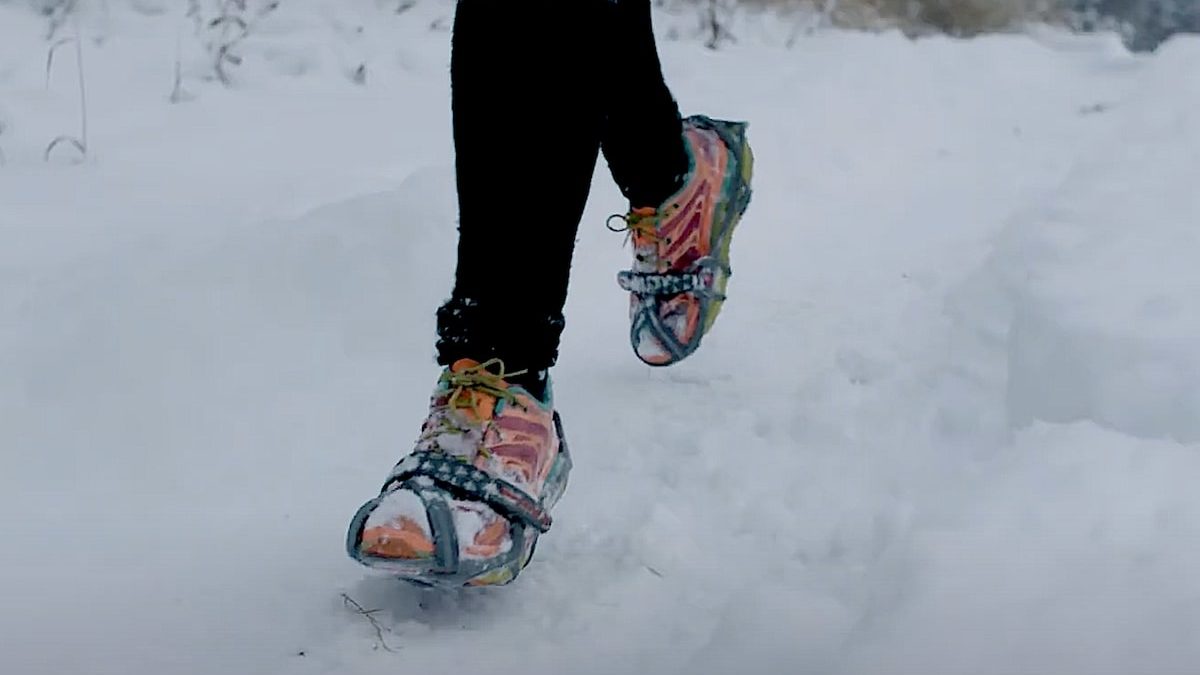
Besides embracing the outdoors on frigid days, the toughest part about winter running is handling the footing in icy conditions. If you are looking for a contraption for running on ice and snow, ice spikes can help you get a grip this winter.
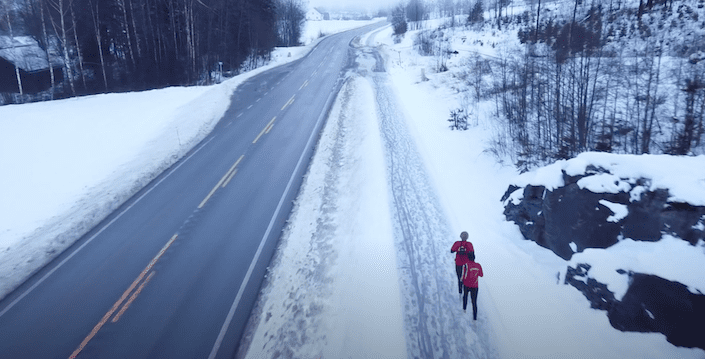
Ice spikes are designed to easily go over your shoes in winter to provide added grip. The spikes are made up of metal teeth or spikes and coiled wire to provide traction on ice. The grippy materials connect to a harness that wraps around your foot from toe to heel. Popular brands include Yaktrax, Kahtoola, Arctic Grip and Black Diamond. There is also a product called Icespike. (And if you’re into DIY and want to save a few bucks, you could even try threading some metal screws through the outsoles of an old pair of running shoes, from the inside, under the sockliner.)
Should I use a traction device for winter running?
The primary purpose of ice spikes is to prevent you from falling and getting hurt, but it also reduces the need to concentrate on your footing. The spikes will keep you on your feet and under control, and able to grip any sudden turns on your route.
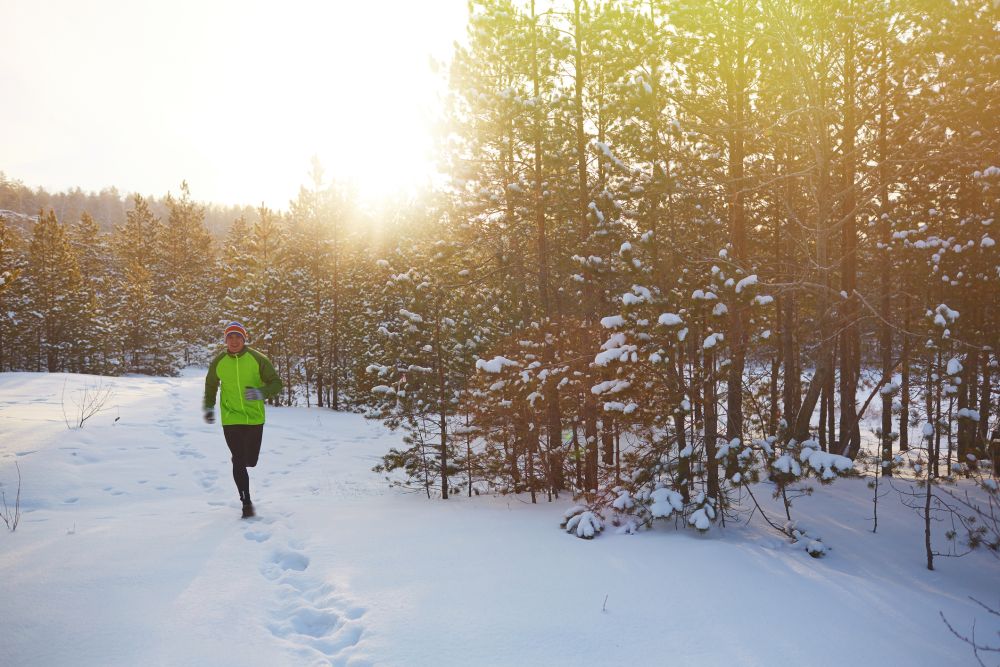
If you stick to paved roads that are typically plowed, odds are you won’t need them for more than a few days a year. If you live in a snowy or colder climate where roads are rarely plowed, you’ll obviously need your spikes more often.
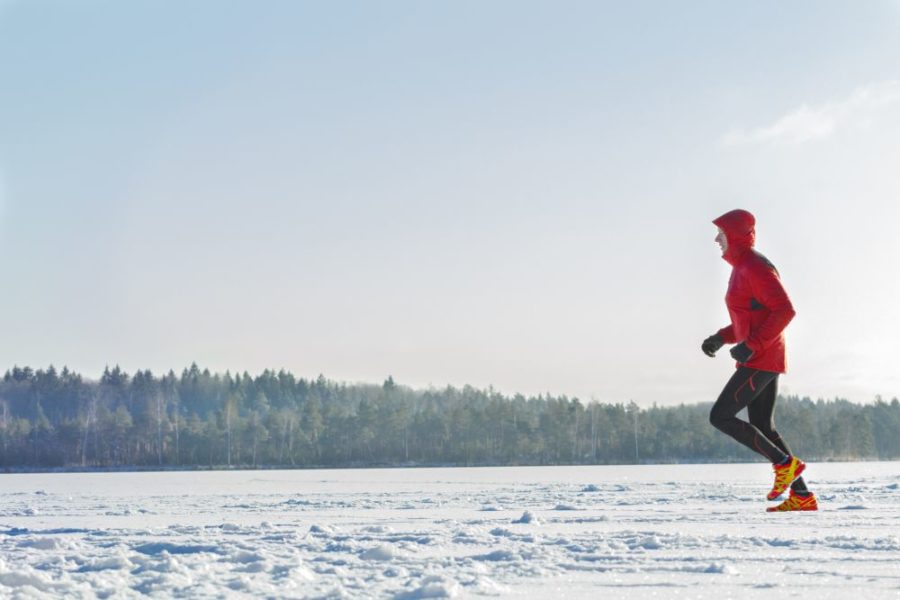
If you are running on a mix of terrain, it is recommended that you go with lighter pair of ice spikes that will perform better when running on a concrete surface. If you are running in the mountains, having an aggressive pair of spikes will be more useful for grip. If you usually run in the city, you should get away with a more compact traction device.
Are there special shoes for winter running?
If there’s soft snow on the ground, most trail running shoes with average-sized lugs can work for grip without needing ice spikes. Wearing trail shoes can be suitable for grip when the surface is wet or slippery, but most don’t fare well on ice. Trail shoes can certainly help in winter, but on ice, the only thing that really will keep you from falling is an ice spike.
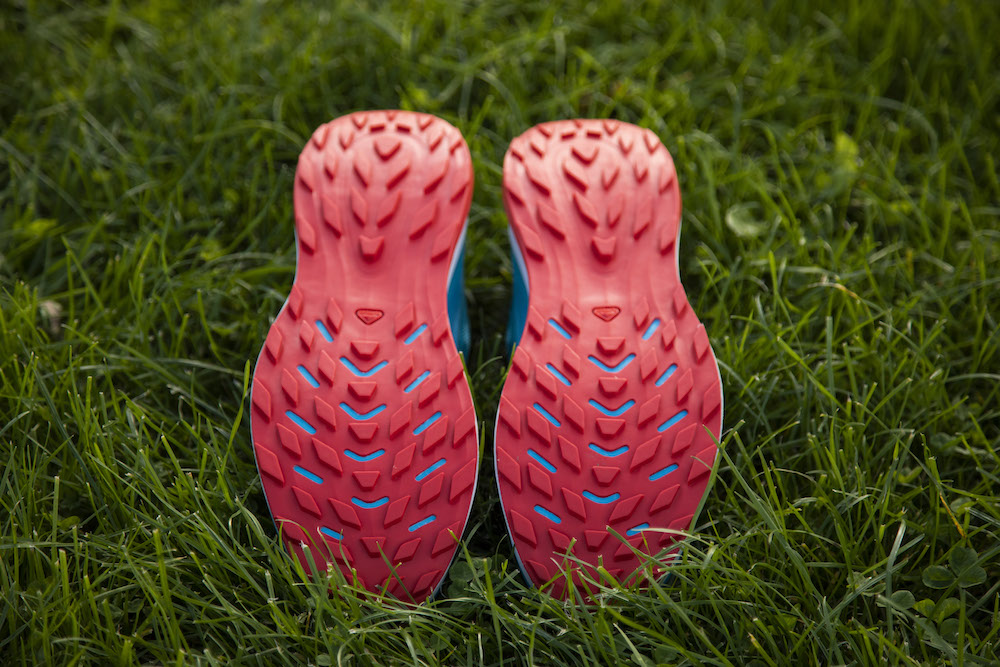
If you are considering wearing ice spikes, they are better to be worn over regular running shoes – as they can lead to a stride imbalance if they are thrown on over trail shoes.


